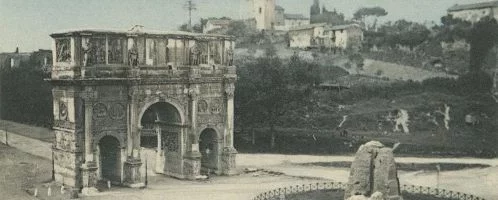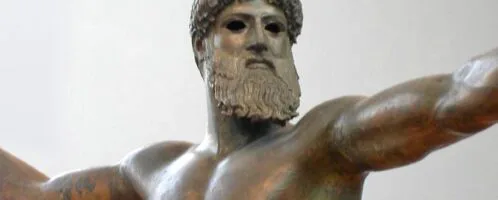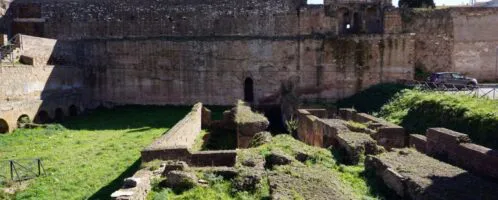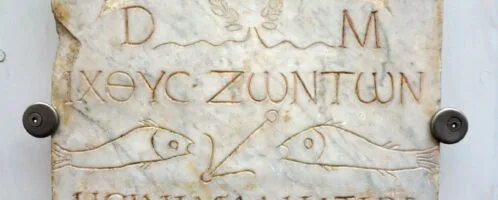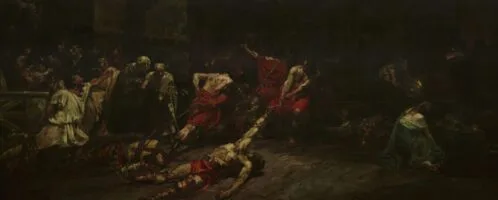Cheap Armani, or Eau de Gladiateur
Did you know that in ancient Rome, the most sought-after cosmetic was… the sweat of gladiators? Rich ladies, in jars containing the sweat of warriors, searched for charm believing it to be the secret to eternal youth and attractiveness.


